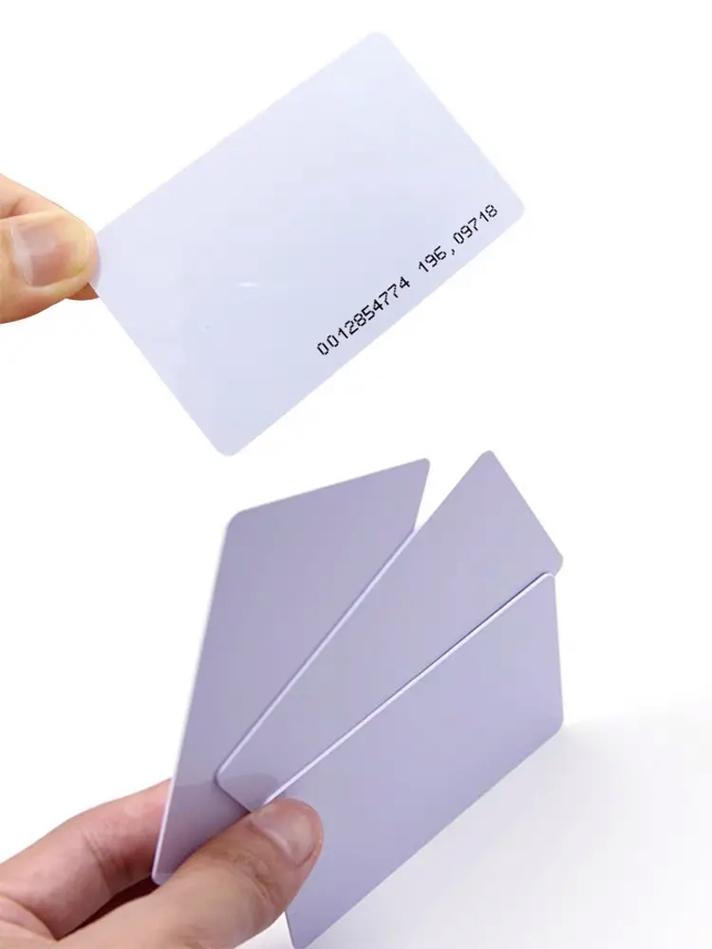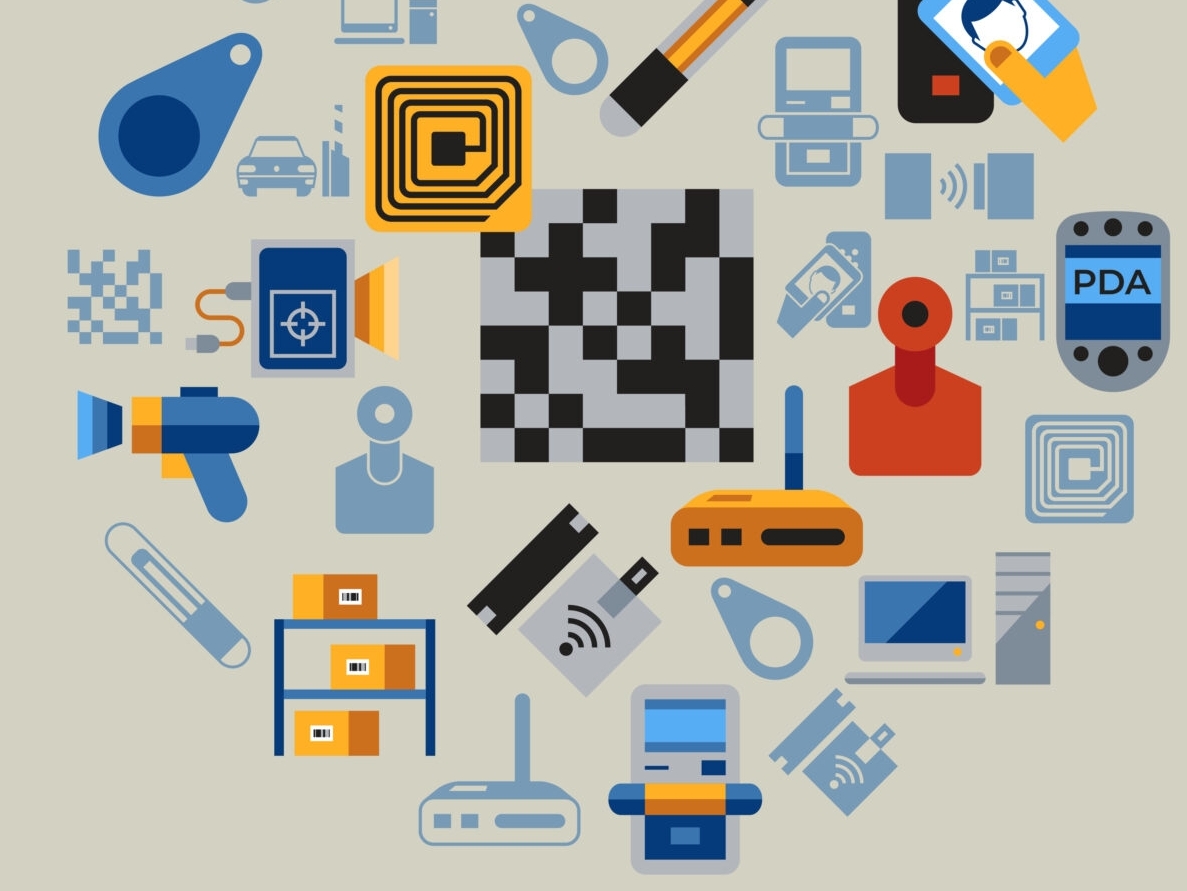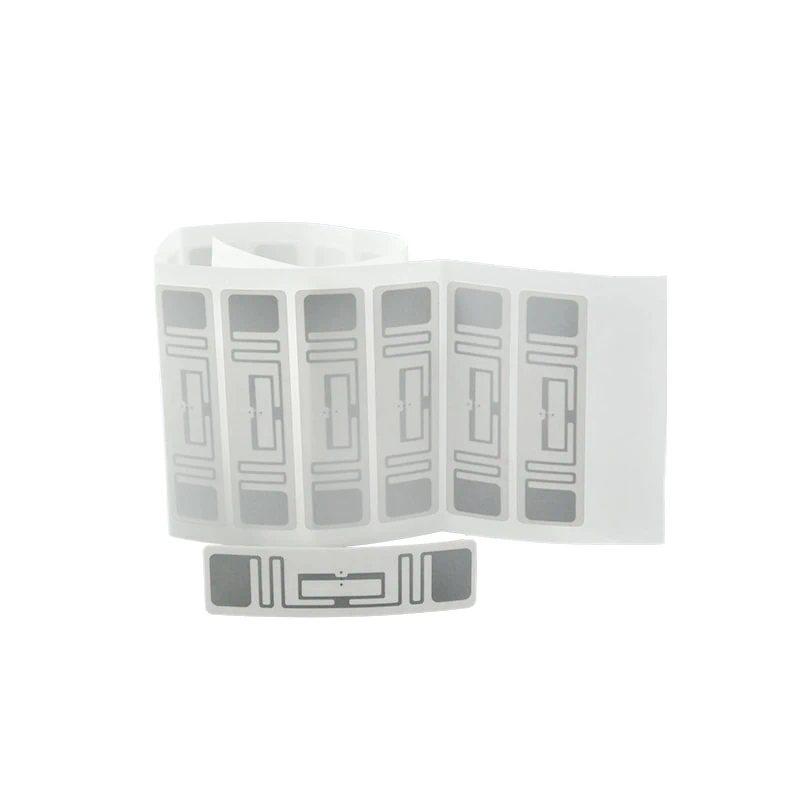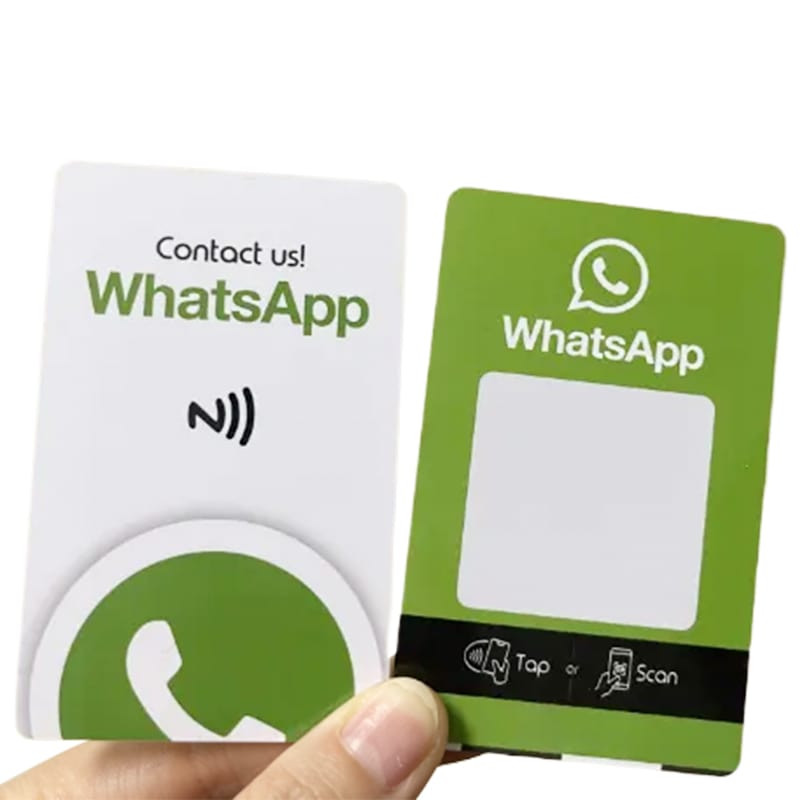Definition of IC Card:
The IC (Integrated Circuit) card was invented in 1970 by a Frenchman named Roland Moreno, who was the first to place a programmable IC chip into a card, giving it more functionality. The terms “IC card” and “magnetic card” are based on the technology they use and should not be confused with cards named based on their application, such as “credit cards” or “phone cards.” Since the introduction of IC cards, they have been known by various names internationally. In English, they are called “Smart Card” or “IC Card,” while in Asia, especially in Hong Kong and Taiwan, they are often referred to as “Smart Cards” or “Intelligent Cards,” commonly abbreviated as “IC Cards.”
Classification of IC Cards:
Classification of IC Cards:
IC cards can be divided into two main categories based on the type of integrated circuit chip embedded in the card: memory cards and CPU cards (smart cards). Memory cards use a memory chip as the core of the card, consisting only of “hardware” components, including data storage and security logic control. Smart cards, on the other hand, use a microprocessor chip as the core, consisting of both hardware and software, functioning as a single-chip system on the card.
Second classification method:
IC cards can also be classified based on how data is read and written, into contact IC cards and contactless IC cards.
Currently, contact IC cards are widely used. They have a square gold-plated interface on the surface with either eight or six gold-plated contact points, which connect to the reader/writer. Data is read or written via electrical signals. During the read/write operation (commonly referred to as swiping the card), the IC card must be inserted into the reader, and after the operation is completed, the card is either automatically ejected or manually removed. Contact IC cards are relatively slower in reading and writing, but they are highly reliable, making them suitable for situations that involve large amounts of stored data or complex read/write operations.
Contactless IC cards share the same chip technology and features as contact IC cards, but the main difference is that they are equipped with a radio frequency signal or infrared transceiver. This allows them to communicate with the reader/writer without mechanical contact, as the signals can be transmitted over a short distance.
Contactless IC cards, which include radio frequency transmission and related circuits, are also known as “RF cards” or “radio frequency cards.” These IC cards are commonly used for identity verification and electronic access control. They store simple information, have low read/write requirements, and come in various forms, such as badges. Not only can they store large amounts of information, but they also offer strong confidentiality, resistance to interference, no wear and tear, and long life. Therefore, they are widely used in many fields.
Third classification method:
IC cards can also be classified based on their application into two main categories: financial cards and non-financial cards.
Financial Cards are the primary medium for the large-scale Gold Card Project. These cards are issued and managed by banks. Since the IC card stores the cardholder’s key information, it does not always require the point of sale to be connected to the bank. Compared to magnetic stripe cards, which store only limited data, IC financial cards offer greater flexibility and reliability.
Non-financial Cards are primarily used as electronic identification cards to record various personal details and serve as a form of identity verification. Examples include IC card-based ID cards, student IDs, entry cards, attendance cards, medical cards, and accommodation cards. Due to their ability to store large amounts of data and partition it, IC cards can be used for multiple purposes with a single card, simplifying verification procedures.
IC cards are a general term for smart cards.
ID cards are a shorthand for electronic identification cards (primarily referring to identity cards).
M1 cards, produced by NXP (formerly Philips), are the most famous and widely used contactless cards today, such as campus cards and public transport cards.
CPU cards refer to smart cards with an 8/16/32-bit CPU embedded in the chip, providing logical processing capabilities.
Distinguishing by the algorithms used in the device and the card:
ID Card: It only stores an ID number, and the device identifies the card by reading this ID. There is no algorithm involved, making it easy to copy and offering low security.
M1 Card: It stores an ID number and can read and write data. The M1 card sends data to the device, the device sends data back to confirm, and then transactions or identity verification are performed. It uses a single algorithm, which can potentially be intercepted wirelessly. By repeatedly calculating the data, hackers can figure out the algorithm and clone the card. Although it offers much higher security than an ID card, it can still be hacked (there are videos showing how M1 cards can be cracked, demonstrating that with the right software and a simple DIY card reader, the card can be copied). Some claim that M1 cards using per-card encryption (one key per card) prevent cracking, but this is not entirely true. Even these cards can be cracked, though each hack only affects the specific card being cloned.
CPU Card: It has an operating system, can store data, and also has its own ID number. The CPU card sends a string of data to the device, which then processes it with a Secure Access Module (SAM) card. The device sends another string of data back to the CPU card for confirmation, after which transactions or identity verification can take place. The main difference from an M1 card is that the CPU card’s algorithm runs on the device, not in the air. Neither the card provider, device manufacturer, nor the service operator knows the algorithm, which greatly increases the system’s security.
Another Usage Difference:
- CPU cardscan function as M1 cards or ID cards.
- M1 cardscan function as ID cards but cannot be used as CPU cards.
- ID cardscannot be used as M1 cards or CPU cards.






